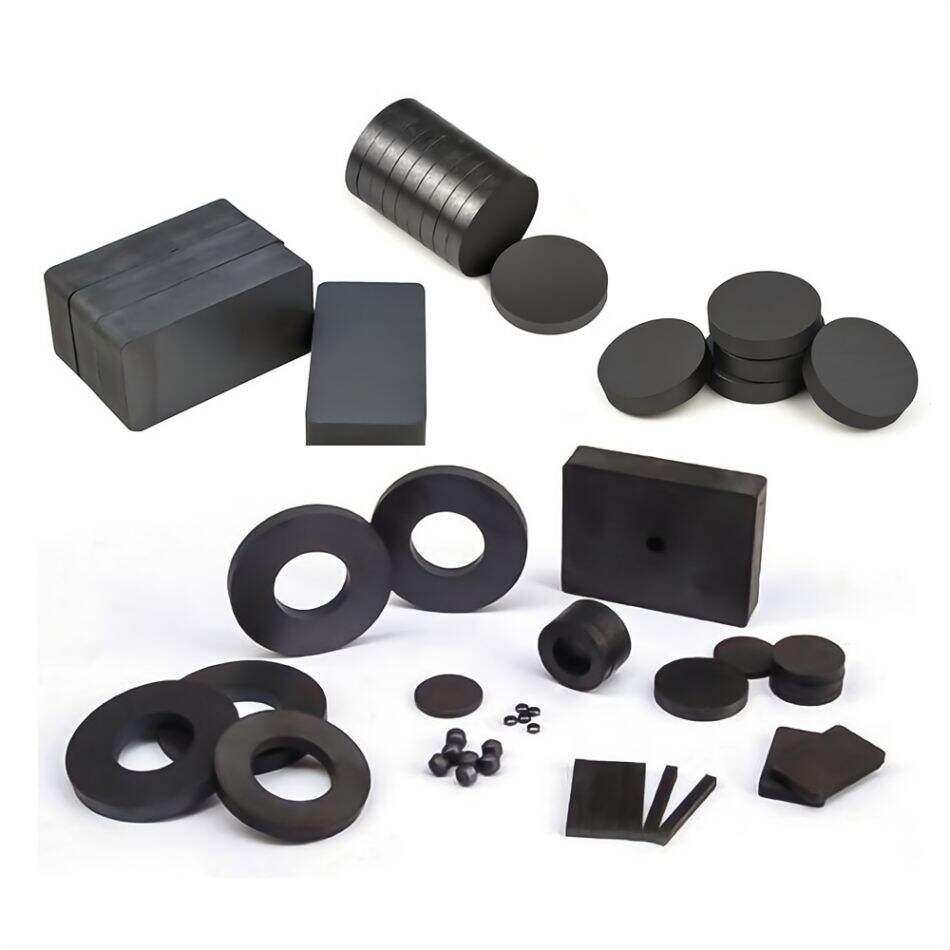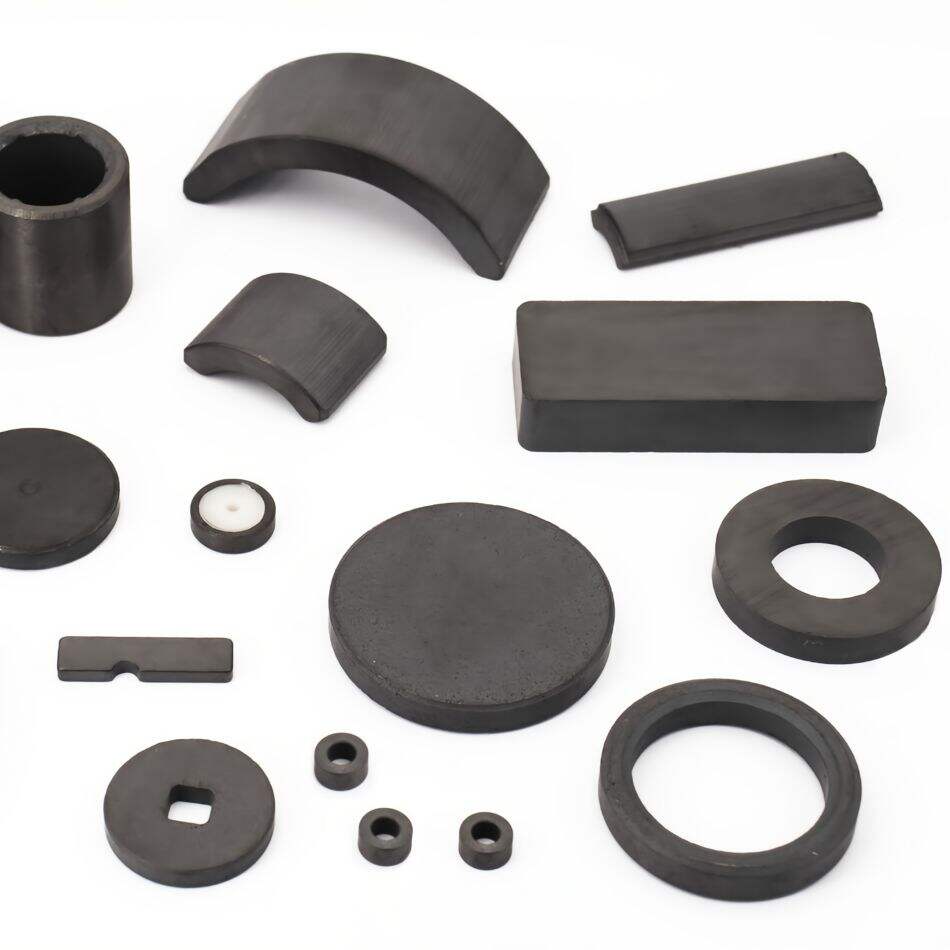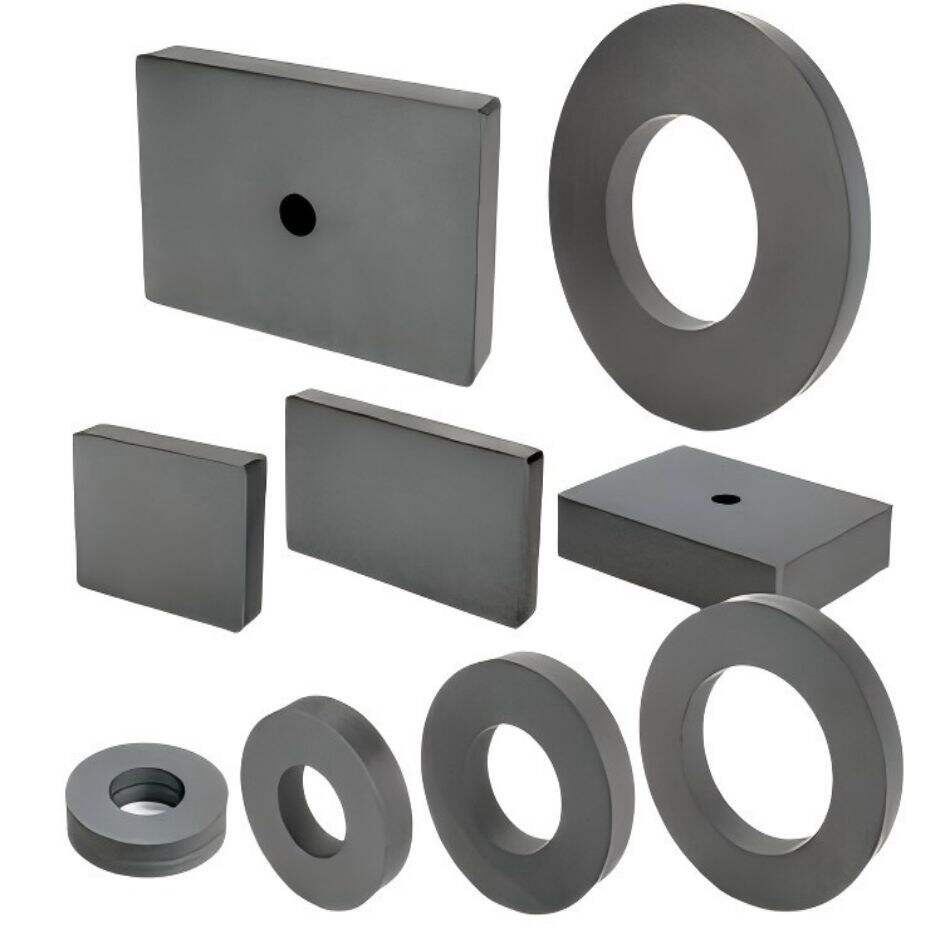Tel: +86-13817790968
Email: [email protected]
Tel: +86-13817790968
Email: [email protected]
Magnets, how do those work? You probably already know that magnets can both attract and repel. They can do this through an amazing power that they have...magic magnetism. Ferrite magnets are a type of magnet that exist in many household items. And this technology has found its way into toys, speakers and more recently cars! Such as small disc magnetss are very important because they provide many functions to make the devices work normally and efficiently.
Now, let's figure it out as to what makes up a magnets ferrite. One of the most popular ferrite magnets is made out of a metal called iron oxide. It is very weird to have such kind of metal when it mixed up with other metals like cobalt or nickel, form it into hard substance which will attract the other metal objects. After the addition of this powerful material and it is heated, it can be molded to any size and form that you may wish. This means that ferrite magnets are available in a wide variety of shapes and sizes, rendering them highly versatile for many diverse applications.
What are the properties of steel and magnetss that make it a preferred choice for working with different industries and need? Ferrite magnets are extremely powerful, which is one of the biggest advantages. One trait they exhibit is their ability to grip metal objects, which makes them suitable for applications such as door latches or clasps. A better way to understand this concept is to think of opening an unsecured door — with a tenuous or little latch — and now imagine if the door were opened via ferrite magnets, well that would be very difficult right!
Ferrite magnets are also known as the «workhorses» of the magnet industry. In fact, they are nicknamed man's companion plants, as indeed with mullein you can do almost everything. Ferrite magnets can be found in many different things, from the motors that turn machines to the medical tools that your doctor or nurse uses. They play a key role in many devices we use on a daily basis,

A popular example is the use of ferrite magnets in speakers. The magnet is responsible for creating a magnetic field which makes the speaker vibrate, then sound is produced. Think of that jam you love to listen to — ferrite magnets play a big role in bringing in that music. Electric motors that keep things running, such as fans, also have ferromagnetic magnets in them. The motor pushes the machine as a whole to move effectively, which means using magnetic power assists in the rotation of a motor.

Various everyday products employ ferrite magnets — you might not even realize this! This can be seen with toys such as magnetic building blocks or puzzles. Magnext sorts of worked like this but with smaller pieces and little magnets within the plastic. It is probably the ferrite magnets in action! You may also find neodymium magnets in everyday products around your home, like on a refrigerator magnet or cabinet latch which keeps things closed or even as an accessory that allows you to hang notes on the fridge.

Besides toys and housewares, ferrite magnets are also necessary in medical. They aid MRI machines in the generation of a magnetic field that allows doctors to see through our skin. It is essential when it comes to diagnosing and treating diseases. They can also be located in some medical devices such as pacemakers, which help the machine to remain in place and work correctly.